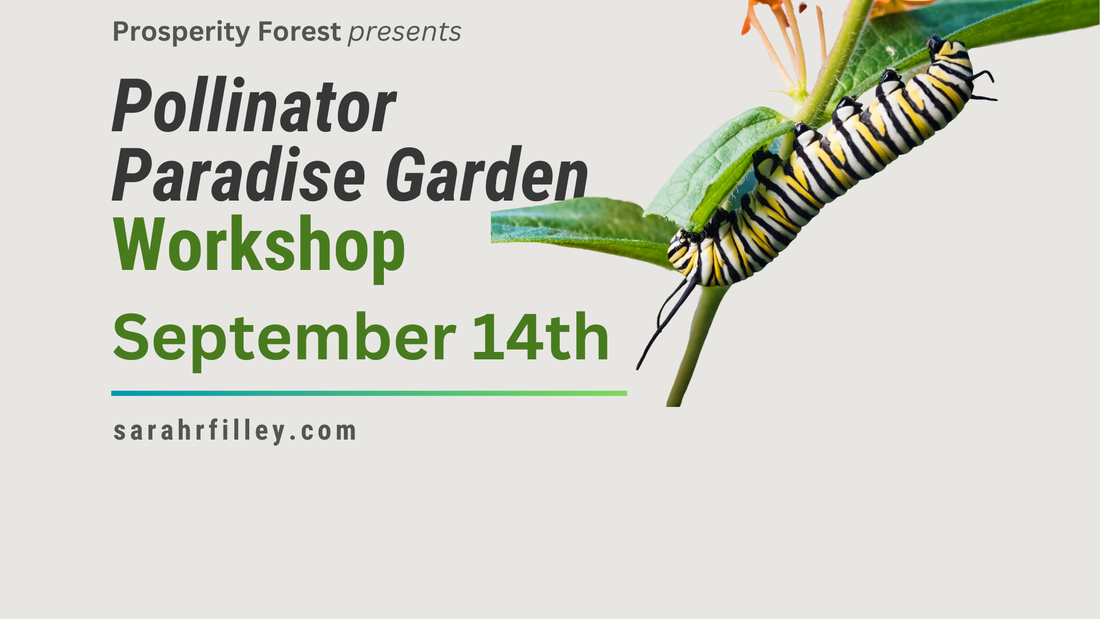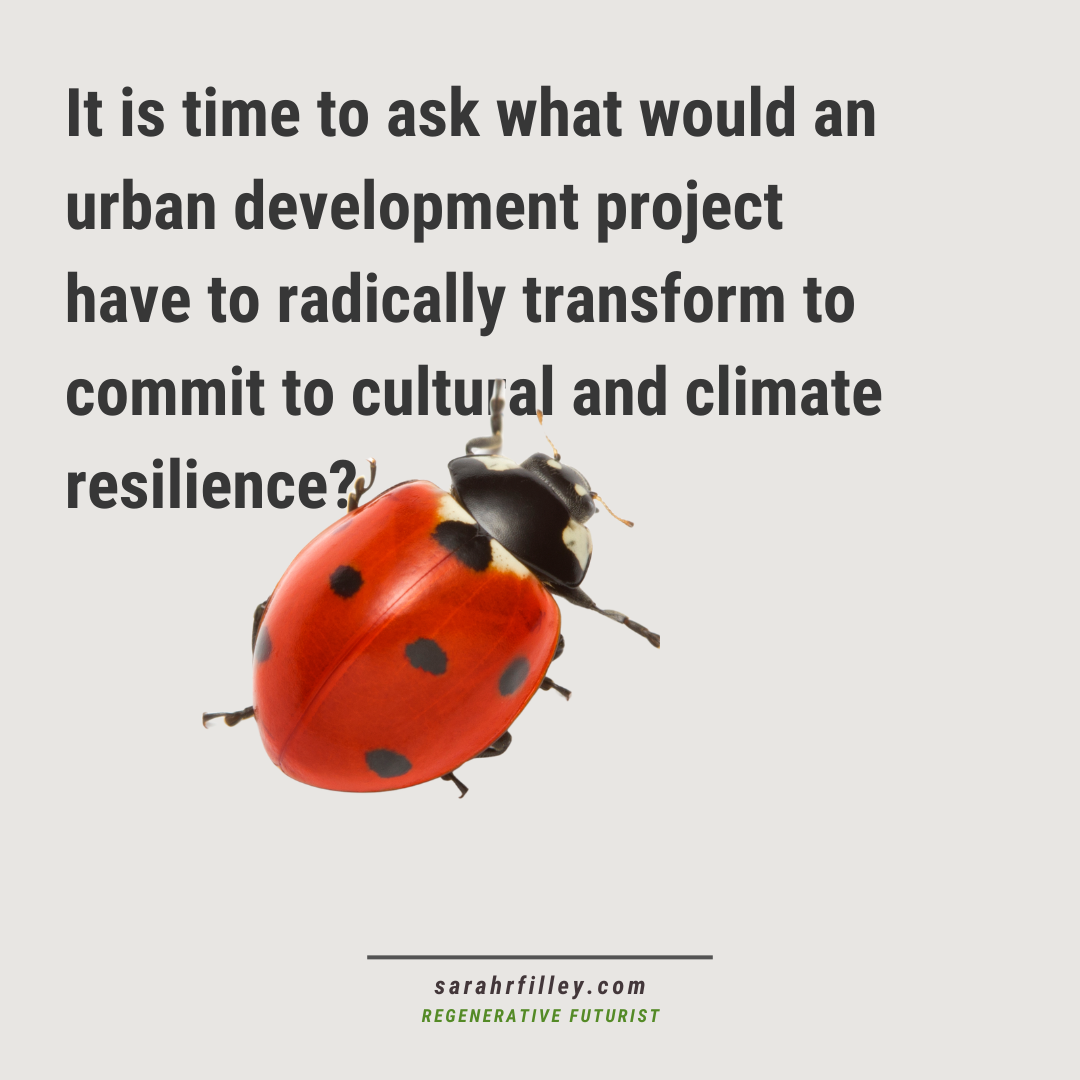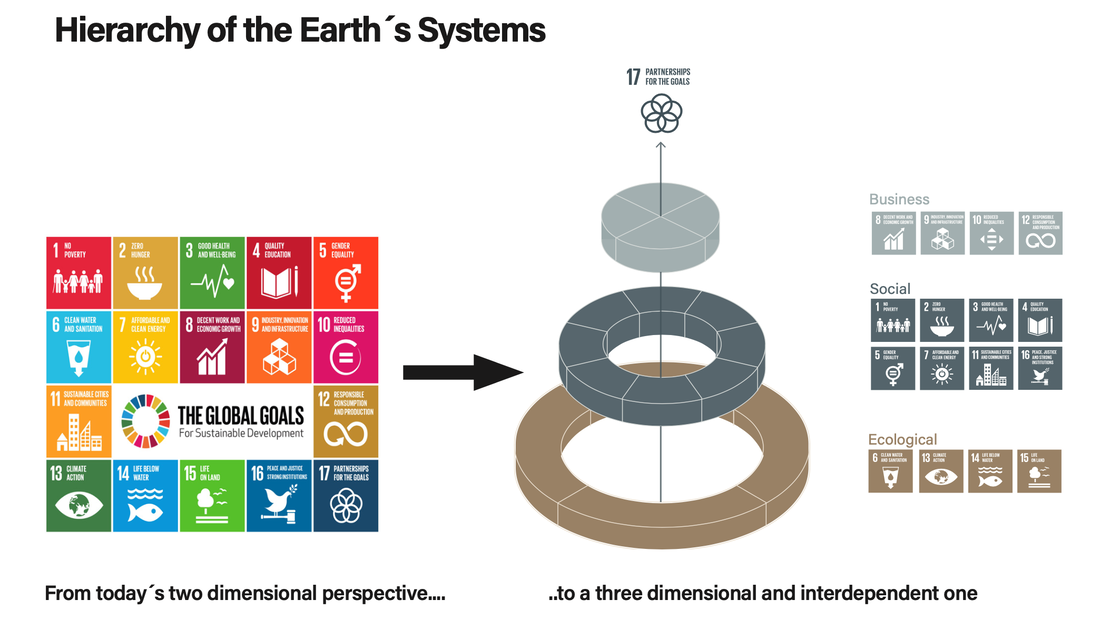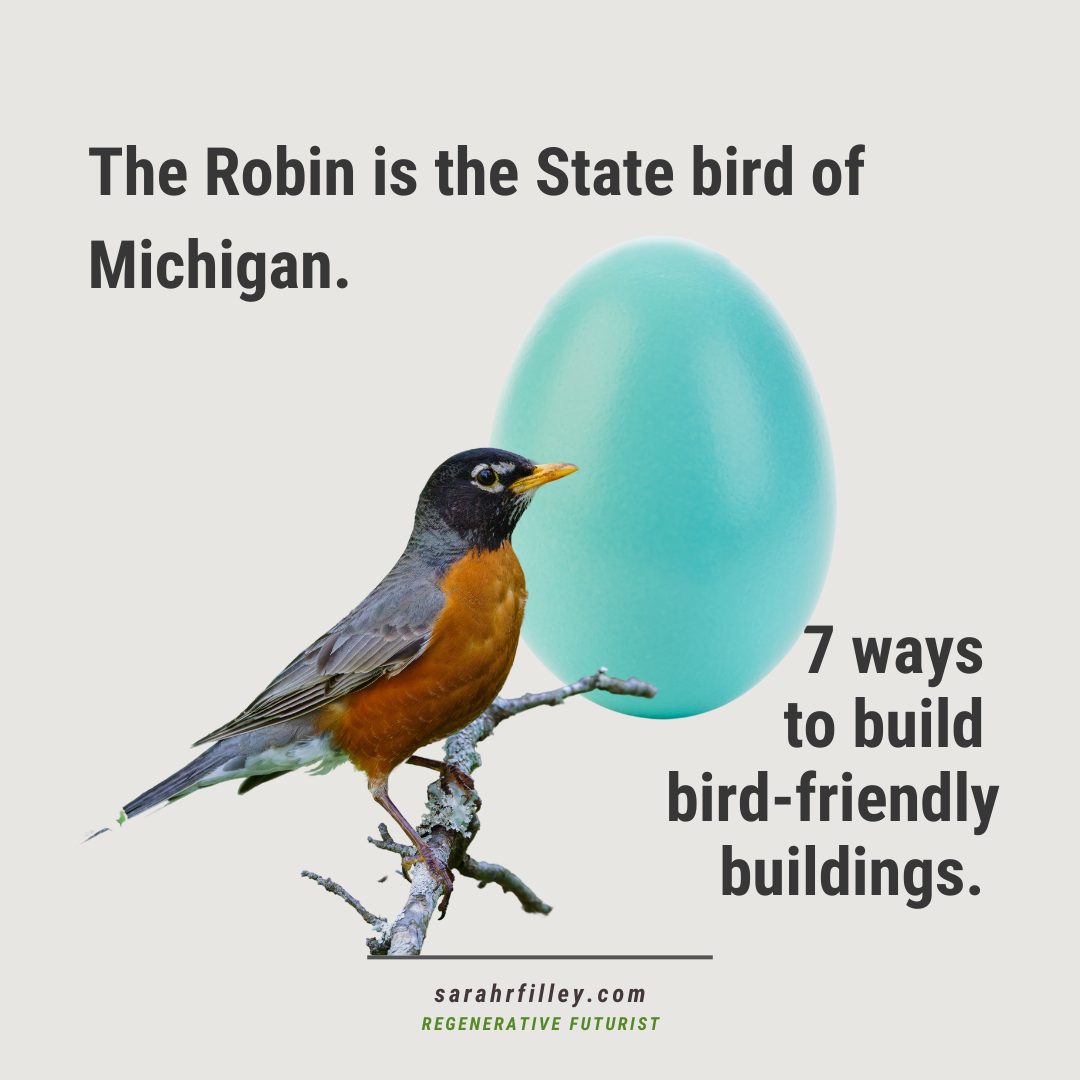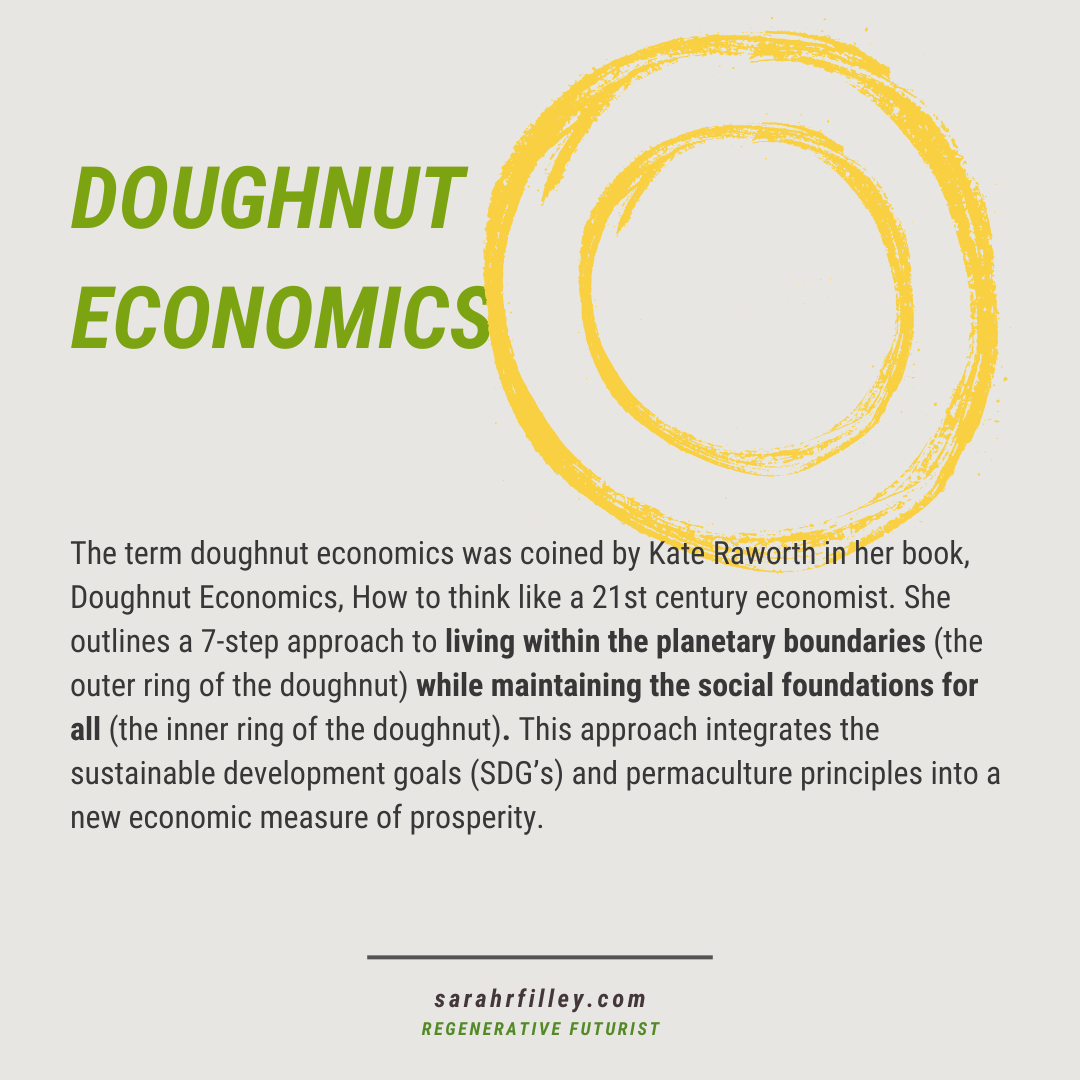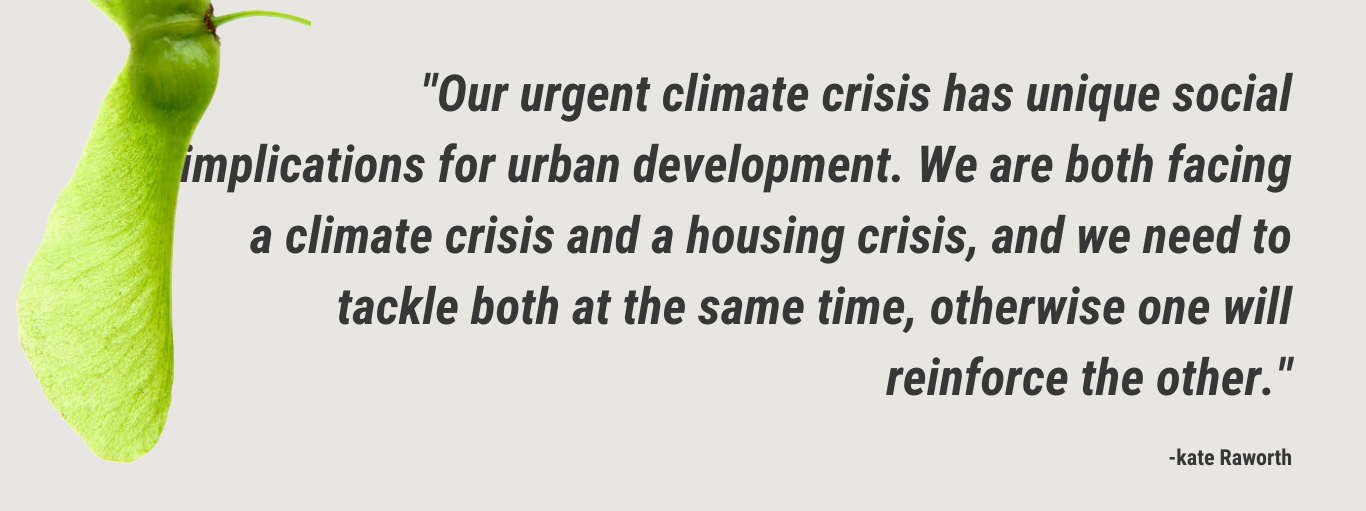AuthorHi, I lift up resources and insights for dreaming into a regenerative future. Here I share inclusive, equitable, and strategic solutions for climate action, urban development, and climate action plans. Archives
June 2024
Categories |
Back to Blog
Pollinator Week Workday!6/19/2024 The next Pollinator Paradise Garden workday is coming up during Pollinator Week on June 29th! We have some prep and some planting to do! All ages. 11-1 weather permitting.
Pollinator Paradise Garden Workday Saturday, June 29th 11 AM White Lake Community Library Whitehall, MI FREE all ages Pollinator Week is June 17th -23rd and is a National Celebration of buzz worthy events and activities! What better way to help celebrate than to plant native pollinator plants for our bats, bees, moths, birds, butterflies, beetles, and the health of our soil and ecosystem! >>>Download the iNaturalist app, join us Saturday, or hop online to celebrate! Bring a hat, water bottle, gloves if you need them, and get ready to prep the sites and get dirty! For our next work day and upcoming workshops please visit our website: https://www.sarahrfilley.com/prosperityforest.html. We are looking for donations of cardboard, straw, and funds to purchase permanent signage. Email me at [email protected] or donate through our eventbrite links on the site. Thank you to our sponsors: Barry's Greenhouses & Landscaping for our soil and mulch and to Weesies Brother's Garden Center for our native Plants!
0 Comments
Read More
Back to Blog
Pollinator Garden Workshop3/17/2024 Looking ahead to the Fall season, put this event on your calendars now!
Harvesting native seeds from the Pollinator Paradise Garden for the new native section of the seed library and see what the season brings for our late season pollinator friends! Join us for our Seed Harvesting and Fall Pollinator Workshop at the Pollinator Paradise Garden! Workshop Date: Saturday, September 14th Time: 11:00 AM - 12:30 PM Location: White Lake Community Library, Whitehall, MI Admission: FREE! (Outdoor) Explore how libraries are more than books, they are places where seeds of knowledge sprout, ideas bloom, and imagination takes flight! Pollinators are crucial to the ecosystem, our wellbeing, and food supplies. Planting native pollinator plants is one of many ways we can be generous neighbors and contribute in our communities, even in our own backyards! Consider planting a pollinator garden in your yard to shelter, host, and provide food for these critically important friends. Spread the word, bring your family and friends, and let's sow the seeds of change together! Want to be a sponsor or volunteer? Get in touch here. Learn more and rsvp here. This workshop is organized by Sarah R. Filley of Prosperity Forest as part of the Pollinator Stewardship Certification demonstration project, made possible by the generous support of our sponsors, supporters, and The Community Foundation for Muskegon with the West Michigan Environmental Action Council (WMEAC) as our fiduciary.
Back to Blog
Garden Grand Opening3/17/2024 Dig into the world of pollinators at our Pollinator Paradise Garden Workshop!
Join us for the Grand Opening and Ribbon Cutting Celebration! Workshop Date: Saturday, July 20th Time: 11:00 AM - 12:30 PM Location: White Lake Community Library, Whitehall, MI Admission: FREE! (Outdoor) This isn't just a workshop; it's a celebration to officially open the doors to our Pollinator Paradise Garden! The flower power will be in full bloom for this Summer workshop that shows how we design for generosity and biodiversity for West Michigan's habitats. Prosperity Forest is catalyzing innovative local pilots to inspire, educate, and galvanize our community to achieve a pollinator paradise, together! Mark your calendars for our upcoming Garden Workshop on September 14th! Don't miss your chance to continue your journey into the world of pollinators and see just how much you can do in the Fall! Spread the word, bring your family and friends, and let's sow the seeds of change together! RSVP now and be part of this community event! Want to be a sponsor or volunteer? Get in touch here. Learn more and rsvp here.
Back to Blog
Pollinator Paradise Garden3/17/2024 Calling all nature lovers, garden enthusiasts, and native pollinator champions!
Get ready for the Pollinator Paradise Garden Kick Off! Presentation Date: Thursday, May 30th Time: 6:00 - 7:00 PM Location: White Lake Community Library, Whitehall, MI Admission: FREE! (Indoors) Join me for an evening of pollinating ideas and planting seeds of action as we kick-off the Pollinator Paradise Garden project at our local library! Explore the urgent needs of our bees and butterflies, bats and birds for native pollinator plants. Let your imagination take flight about what's possible with generosity at the center of your plant choices in your own backyard to increase biodiversity in our West Michigan community. This isn't just a presentation; it's a call to action! Be part of the Pollinator Paradise Garden project in Whitehall! Mark your calendars for our upcoming Garden Workshops on July 20th and September 14th. Don't miss the chance to dig in and get your hands dirty. Spread the word, bring your friends, and let's create a buzz about pollinator paradise together! The presentation is FREE (donations are welcome via this eventbrite link- there is more seating available than 25 so don't let that stop you from attending). Let's make West Michigan bloom with life! Want to be a sponsor or volunteer? Get in touch here. Learn more and rsvp here This is a Pollinator Stewardship Certification demonstration project at The White Lake Community Library in White Lake, MI supported by The Community Foundation for Muskegon by Sarah R. Filley. The West Michigan Environmental Action Council (WMEAC) is acting as the fiduciary.
Back to Blog
Regenerative Development1/25/2024 "How can you effectively minimize negative effects on ecosystems and promote biodiversity, both locally and globally?"
One answer from Doughnut for Urban Development - A Manual, is to target climate stability in your communities development projects locally is adoption of circular and low-carbon construction sites by designing high quality waste handling practices and low-carbon machinery and construction techniques. Another practice is to design for durability, easy maintenance, and accessible repair to reduce the need for material exchange. In other words, the higher quality of materials the longer the project lasts which reduces replacement, repair, and waste. If local materials are used the project has opportunities to benefit from cultural traditions, techniques, skills, and knowledge which may provide sustainable solutions to local climate conditions. Developers are more likely to transform their practices to meet climate stability and cultural resilience if communities have guides, ordinances, and codes in place to vet projects that align with their local priorities. Check in with more resources and insights to dream into a regenerative future: https://www.sarahrfilley.com/aboutme.html #regenerative #urbandevelopment #climateaction
Back to Blog
For the birds: Part 21/24/2024 PART 2: For the birds - 7 ways to help our feathered friends.
The vision for a regenerative future includes increasing biodiversity. We can take climate action towards a regenerative future within various spheres of influence; individual, neighborhood, municipalities, and at the State and Federal levels. These examples are more individual but could have a ripple effect if applied thoughtfully to larger projects. 60-90% of our bird and insect populations have declined since 1970. We can see and hear this absence daily, it is the sound of silence. Here are 7 ways to help our feathered friends from The Cornell Lab of Ornithology. Missed Part 1? Check it out here. 5. Keep Cats Indoors - Each year, outdoor cats kill about 2.4 billion birds in the U.S. and Canada—many of which are young birds that are still in, or just out of, the nest. It’s the top human-caused reason for the loss of birds, after habitat destruction. Save birds and keep cats healthy by keeping cats indoors. This may translate into a pet policy for buildings or result in pet friendly courtyard designs for indoor cats. Or, it may be a personal choice. 6. Drink Shade-Grown Coffee - Three-quarters of the world’s coffee farms destroy forest habitat to grow coffee in the sun—forests that birds and other wildlife need for food and shelter. Shade-grown coffee preserves a forest canopy for migratory birds to survive the winter, but consumers must create a bigger demand for it. Shade-grown helps more than 40 species of North American migratory songbirds that winter in coffee plantations. This was new information for me! Consider making the switch at home, office, and construction sites. 7. Watch Birds — Share What You See - Monitoring birds is essential to help protect them, but tracking the world’s 10,000 bird species is an immense challenge. Scientists need people to report what they see in backyards and wild places around the world to have enough data to show where and when birds are declining. Join Cornell Lab’s eBird or Project FeederWatch to record your bird observations. You’ll provide valuable information to show where birds are thriving and where they need our help. There are so many benefits to learning more about our feathered friends in our area. Reach out or sign up for our newsletter for more resources and insights for dreaming into a regenerative future.
Back to Blog
Doughnut Development?1/23/2024 What makes an urban development project regenerative? If you are ready to address planetary overshoot within your urban development project, I can help. Here are three key considerations to get you started. 1] Does your project align with the global SDG's? Consider which of the 17 areas of focus the project could address. 2] How the project incorporate and support local priorities? Assessing local Climate Action and Watershed Plans benefits the projects ability to leverage community support. For example, by including access to green spaces, increasing habitats, and biodiversity the project could implement plans already underway and accelerate existing public support. 3] We strategize with you to improve local ecological and social conditions with substantial contributions to the ecological and cultural resiliency of the region, going far beyond compliance-based EIR's of limiting harm. If you are leading sustainable design in affordable housing, let's meet the challenges of 21st century development together. I am just as committed to a regenerative future as you are. Learn more or schedule a call here.
Back to Blog
For the birds: Part 11/23/2024 PART 1: For the birds.
The vision for a regenerative future includes increasing biodiversity. 60-90% of some of our bird and insect populations have declined since 1970. There are many detrimental impacts on our bird populations. This one might surprise you: Up to 1 Billion birds are estimated to die each year after hitting windows in the U.S and Canada. By day, birds perceive reflections in glass as habitat they can fly through. At night, migratory birds are drawn by city lights and can collide with buildings. Here are 7 ways to help our feathered friends from The Cornell Lab of Ornithology. I found this excellent resource during research for an upcoming project all about owls. Stay tuned... 1. Make Windows Safer - Install window screens, or break up reflections on windows using film, vinyl, stickers, paint, or string spaced in a grid no more than 2" apart vertically and 4" horizontally . 2. Reduce Lawn, Plant Natives - With more than 63,000 square miles of lawn in the U.S. alone, there’s huge potential to support wildlife by replacing lawns with native plantings. Transforming 35% of the site or lawn with Native plants will attract birds by increasing habitat, providing shelter, and nesting areas for birds. The nectar, seeds, berries, and insects sustain hungry birds and other wildlife. 3. Avoid Pesticides - More than 1 Billion pounds of pesticides are used in the U.S. each year. Common weed killers used on landscaping can be toxic to wildlife. Birds are harmed by pesticides through direct contact, or by eating contaminated seeds or prey. Pesticides also reduce the number of insects that birds need to survive and raise their young. Design alternative methods of weed suppression and maintenance. 4. Protect Our Planet from Plastic - About 4,900 million metric tons of plastic have accumulated worldwide, harming wild- life including seabirds that mistakenly eat plastic, or become entangled in it. At least 80 seabird species ingest plastic, mistaking it for food. By 2050, scientists estimate that 99% of seabird species will have eaten plastic. Avoid single-use plastics in your projects and sites, especially for sites close to the shorelines. Examine your supply chain for opportunities to reduce plastic, including drinking water during the construction phase. These are a few ways to hold urban developers accountable to you climate action and ecological plans, especially along critical migration paths along watersheds.
Back to Blog
Doughnut Economics1/23/2024 What is Doughnut Economics?
The term doughnut economics was coined by Kate Raworth in her book, Doughnut Economics, How to think like a 21st century economist. She outlines a 7-step approach to living within the planetary boundaries (the outer ring of the doughnut) while maintaining the social foundations for all (the inner ring of the doughnut). This approach integrates the sustainable development goals (SDG’s) and permaculture principles into a new economic measure of prosperity. Consulting with a focus on local economic development started to feel like I was only working with one piece of the puzzle. For a decade, centering the growing sector of women and women of color as entrepreneurs represented a key element in economic recovery and placemaking for main street initiatives. As I contributed to numerous planning efforts, I began to see nature-based solutions and permaculture as another piece of the puzzle. How do we measure prosperity? In 2017 this question was emerging at the UN and started to chip away at the idea that the GDP was an accurate measure of people's lived experience and endless growth resulted in a cleaner environment and equitable economic opportunity. These two threads, the desire to center ecological health as part of our cities and the necessity to expand our definition of prosperity to include a more equitable measure of our social foundations, expanded my practice to include Kate Raworth's Doughnut Economics. I was thrilled to participate in the Renegade Economic International Cohort in 2022 to collaboratively explore downscaling this theory to a neighborhood level. This felt most applicable to my community-scale work. I invite you to read more about that here (https://sarahrfilley.medium.com/what-is-a-regenerative...) Now it is time to combine these regenerative and economic principles within the complexities of urban development. Are you interested in expanding beyond sustainability and integrate climate resilience and nature-based solutions into your projects? I contribute to urban and rural planning initiatives, climate action plans, urban development, non-profit affordable housing projects, think tanks, and organizations working towards resilient communities. If you are working in these sectors, let's talk about how I can bring the doughnuts to your next meeting. Reach out or schedule a call:
Back to Blog
Urban Development1/23/2024 The future of urban Development is regenerative.
"Housing stability is also integral to community resilience, helping to enhance social cohesion, build community ties, and enable residents to stay better connected — particularly during extreme weather or other emergencies when neighbors often become each others’ first responders." That's right, we are each others' first responders. "As the need for climate-resilient, affordable housing becomes more pressing, cities will need to consider a multi-pronged strategy with solutions that address the full scope of climate threats to frontline communities — physical, economic, and social. Legal and policy tools should focus not only on increasing the availability of affordable housing, but also strengthening the resilience of housing to climate change impacts through measures that counter, rather than exacerbate, displacement and gentrification. Importantly, effective tools that promote resilience and equity in equal measure must also be guided by an explicit understanding of the reinforcing nature of social inequity and housing inequity.” - Georgetown Climate Center Equitable Adaptation Legal & Policy Toolkit. The need to go well beyond sustainability and LEED certification drives home the necessity for Climate Action Plans to include toolkits with ordinances for municipalities to adopt to hold urban development projects to 21st century standards of affordability, ecological stewardship, habitat restoration, and community resilience. This is especially true for critical watersheds, rural communities facing new development pressures, and areas navigating post-disaster housing pressures. Over the years I've had opportunities to work with urban developers, cities, and retailers, large and small, to design and enhance their role as community partners. I am attracted to projects and people who align with a big vision of resilient communities and then set out to drive innovation with new metrics for prosperity. Reach out, let's talk: |
 RSS Feed
RSS Feed


